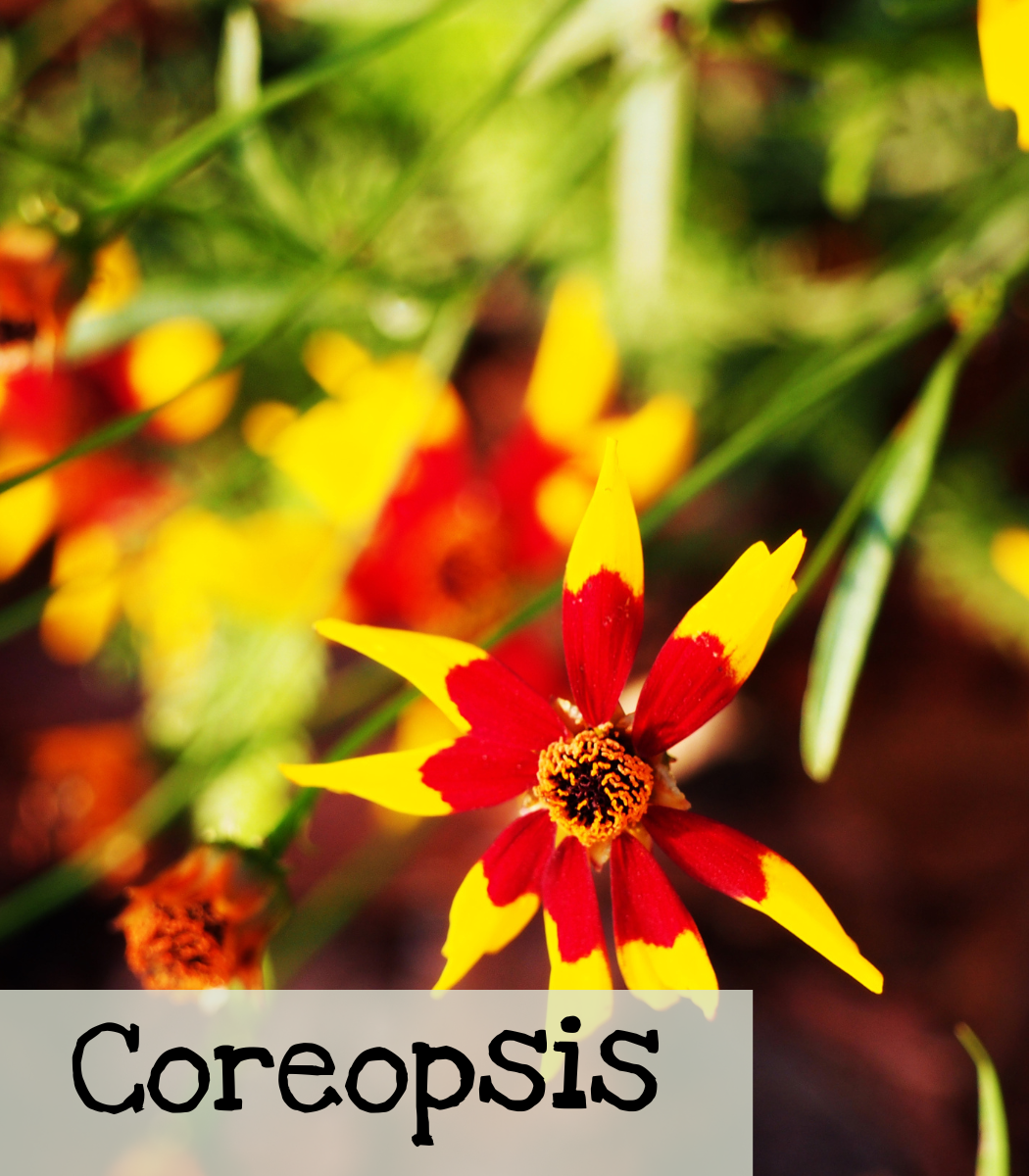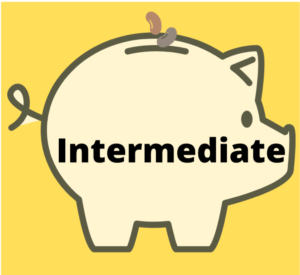
Coreopsis
Coreopsis or tickseed is an easy-to-grow flower that is loved by pollinators. It is often found in meadows and is a colorful addition to cottage gardens!
|
Mardi Gras |
|
Coreopsis x hybrida |
|
Easy |
|
Intermediate |
|
2-3 years if properly stored |
|
Annual (other varieties could be perennial) |
|
7-10 days |
|
None |
|
Surface sow |
|
Incredible Dwarf: 16” Incredible Seashells: 1.5-2′ |
|
Full sun but will tolerate part shade |
|
45-50 days |
|
March, April, and May |
|
No |

Growing Tips


3 plants per 10” container
When to Start
Start indoors: 6-8 weeks before the last frost date. (Mid-February – Mid-March for Jefferson, GA)
Transplant: After the danger of frost has passed. (May 1 for Jefferson, GA)
Direct Sow: After the danger of frost has passed. (May 1 for Jefferson, GA)
How to Start
Start indoors 6-8 weeks before the last frost date. As coreopsis seeds need light to germinate, surface sowing is needed. Use sterile, pre-moistened seed starting mix, and surface sow by gently pressing the seeds into the top of the soil. Then place the seed cells under grow lights. Transplant after hardening off and the danger of frost has passed.
Or direct sow after the danger of frost has passed. Surface sow by gently pressing the seeds into the soil. You can very lightly cover them with soil to keep them from blowing away. Keep the soil moist but not soggy throughout the germination process. Thin or space 12-15 inches apart. Plants should germinate usually within 21 days.
Care
Coreopsis prefers well-draining soil in full sun locations. Once established it is drought resistant. Dead-heading the plant will keep the blooms coming until you are ready for it to go to seed.
Seed Saving

Isolation Distance
Insect dependent for pollination. Isolate 1/2 mile to prevent cross-pollination.
Instructions
Select healthy, robust plants free of any signs of disease or insect infestation for seeds. Seeds carry the traits of the parent plant. Choose plants that exhibit the traits you wish to preserve. Consider bloom size, color, and shape, as well as blooming time.
Allow the biggest and healthiest blooms to mature on the plant. Cover the seed head with a fine-mesh bag as soon as the flower petals shrivel and die. Use an elastic band to hold the bag in place. This prevents seeds from spilling onto the soil before harvest.
Clip the flower head from the main stem once the seeds are dry and dark. Separate plant debris from the seeds by removing the mesh bag and placing the flower head in a paper bag and shaking to loosen the seeds. Seeds settle to the bottom of the bag. Remove plant debris by hand.
Features
- Attracts pollinators
- Deer resistant
- Rabbit resistant
- Container friendly
- Drought tolerant
- Poor soil tolerant
- Incredible Dwarf: Compact and tidy plants are beautiful when used as an accent or as a border plant. Also performs well in containers.
- Incredible Seashells: Flowers come in gold, rust, orange, and raspberry. A Dwarf variety that is good in beds and used as a border plant.

Deadhead to encourage more blooms.
Sources:
Starting & Saving Seeds by Julie Thompson-Adolf
